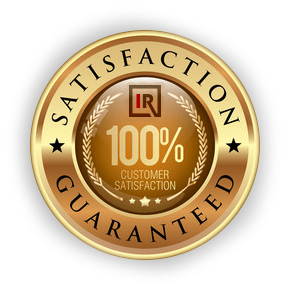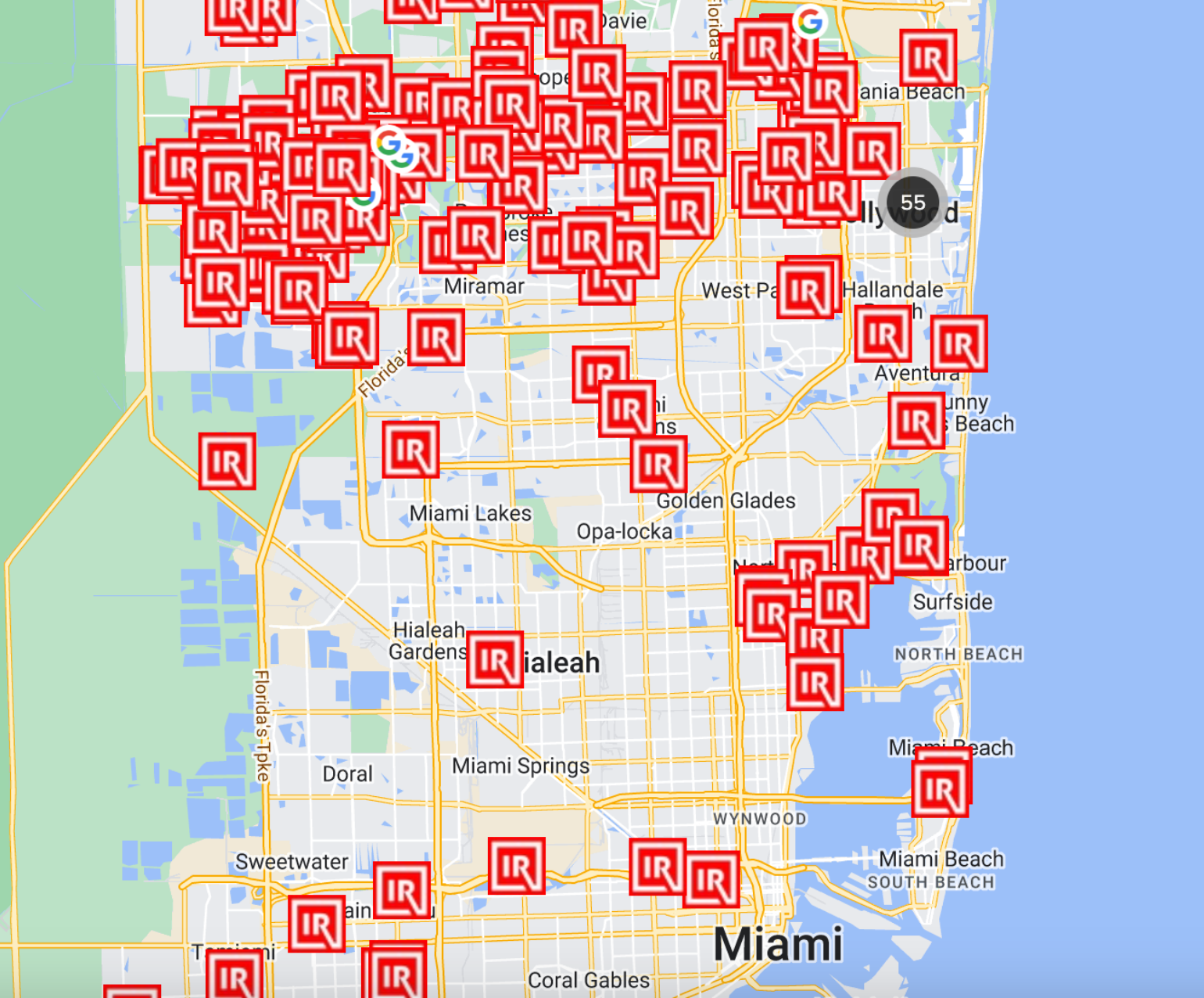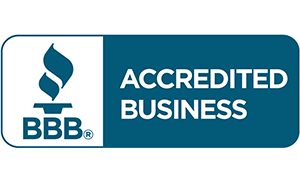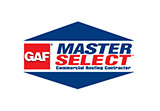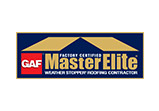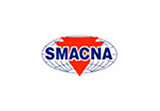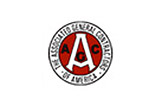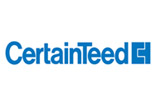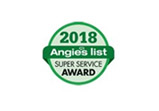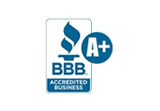A quality roof can make a world of difference for a commercial building. According to an article from Roofer’s Guild, a commercial roof will typically last for anywhere from 10 to 40 years.
A range of factors can determine how long a roof actually lasts, and it’s natural to want to get the most out of yours. When looking at a new roof installation, one of the most important questions to ask is “What are the best types of commercial roofing materials?“.There are several to choose from, so understanding your options will help you make the best choice.
In this guide, we’ll go over some of the most important factors to consider and the best materials available for your new roof installation. Let’s get started.
What Factors Should You Consider?
Before rushing into things, you need to make some decisions. No single roofing material is best for every situation. There are a few factors that you should think about that will help you find the right choice for your building.
Lifespan
This is one of the most important factors for many. A new roof installation is expensive, so you probably don’t want to have to worry about replacing a new roof too soon. Think about the lifespan of different materials as well as any warranties that roofing installation companies offer.
Durability
You may want a highly durable roof, especially if it’s going to be home to any equipment, such as:
- HVAC units
- Satellite systems
- Solar panels
- Rooftop vents
You’ll need to ensure your roof can support these. A more durable roof will also stand up better to foot traffic and potential damage.
Energy Efficiency
Energy efficiency has become an increasingly important factor in recent years. A more efficient roof will help reduce energy usage. Not only will this save you money in the long run, but it can help you minimize your carbon footprint.
Cost
One final consideration you need to make is the cost. Ideally, you’ll have a budget before you start looking at different options as this will help guide you.
Bear in mind that while a more expensive roof will often be of higher quality, it still may not be the best choice for you. Additionally, you need to think about not just the cost of the installation, but also future costs like roof maintenance and repairs.
What Are the Best Types of Commercial Roofing Materials?
The best choice here will depend on the factors above and your needs. Each material has its benefits that you should take into account.
Metal
Metal roofing has become a very popular option for commercial buildings. It offers impressive durability and longevity, and can also be a great choice for those who want to improve their curb appeal.
Aluminum is a common option for metal roof systems. It’s versatile, making it suitable for just about any building. It’s also easy to add a variety of finishes so you can get the look you’re after.
Aluminum paint finishes often have warranties lasting for several decades. This will help keep your roof protected for a long time.
Steel is the most popular metal used for commercial roofs. Through galvanization and zinc coating, it can become more resistant to weathering, extending its lifespan. Steel is corrosive, but a paint finish can protect it from corrosion, allowing it to last for just as long as aluminum.
It’s often a cost-effective solution. Additionally, as steel is 100% recyclable, it’s a great choice for those who favor sustainability.
Copper is another option that’s worth considering. It’s highly durable and resistant to:
- Corrosion
- Frost
- Heat
- UV rays
It stands up well to hail damage and fire. All of this means that copper roofs can sometimes last for over a century.
Additionally, it’s a great choice for energy efficiency, and like steel, it’s 100 recyclable. Bear in mind copper roofs don’t need to be painted or coated like other metals.
Thermoset (EPDM) Roof Membrane
One of the key benefits of EPDM is that it’s highly flexible in a range of temperatures and is very easy to install. This means that you can typically expect lower labor costs. It’s also easy to maintain which will help you save more in the long-term.
It’s resistant to:
- Harsh weather conditions
- UV rays
- Ozone
- Extreme temperatures
EPDM can offer impressive energy efficiency. When installed and maintained correctly, an EPDM roof can last for several decades.
Thermoplastic Roof Membrane
Thermoplastic membrane is energy-efficient and recyclable. It has become a more popular choice in recent years as it promotes sustainability.
It’s very versatile, so it can be used for a wide range of roofs. It’s also resistant to tears, punctures, and impacts, so you may not need to carry out repairs too often. Additionally, it’s resistant to UV rays and chemicals which could otherwise cause serious damage over a longer period.
Another key benefit is that thermoplastic roofs can offer impressive leak protection. This can help your roof resist things like:
- Mold
- Algae
- Bacteria
- Dirt
- Debris
Some of these issues could potentially damage other parts of your commercial building and even present health hazards. Reducing the risk with a thermoplastic roof is definitely worth considering.
Built-Up Roofing (BUR) Systems
BUR roofing is ideal for roofs with low slopes. It’s comprised of alternating layers of bitumen and reinforced fabric and a top layer of aggregate which makes it very strong. It can handle a lot of foot traffic and harsh weather conditions.
It’s a highly cost-effective option while still being very reliable. BUR is great for waterproofing and fire resistance. With good installation and maintenance, BUR roofs can last for decades.
Making the Right Choice
When it comes to the question “What are the best types of commercial roofing materials?“, there’s no one right answer. You should consider your needs and what you want to achieve to determine which material would be best for your building.
It’s important to work with a reliable roofing company like Innovative Roofing. We’re a family-owned company with over 150 years of combined experience and more than 3,500 quality installations completed.
Get your free quote from us today!


